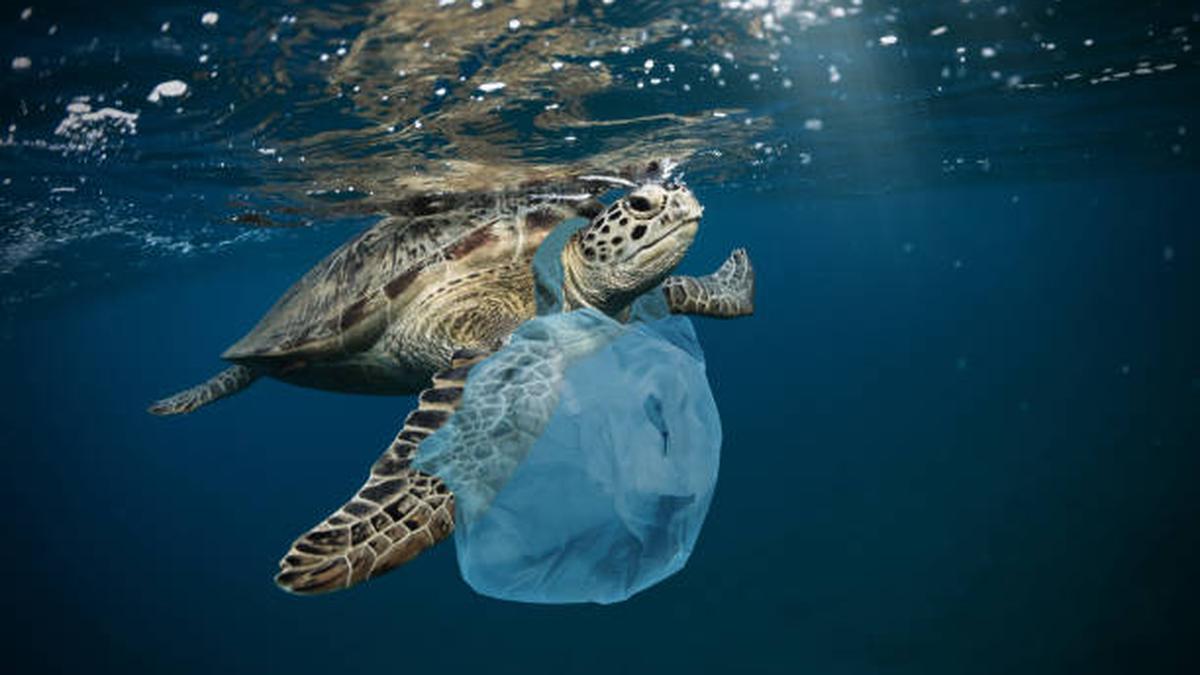
University of Toronto researchers studied published data from more than 10,000 necropsies performed on sea animals.
| Photo Credit: Getty Images/iStockphoto
Nearly 1,300 marine species, including every family of seabirds and marine mammals, ingest hard and soft plastics, rubber, and fishing debris. This tragic habit can kill many of these marine animals by blocking or puncturing the gastrointestinal or by twisting the intestines.
A November 17 study in Proceedings of the National Academy of Sciences has quantified the amount of plastics seabirds, marine mammals, and sea turtles ingest and the minimum quantities at which the plastics mortally wound their gastrointestinal tracts.
Researchers from the University of Toronto studied published data from more than 10,000 necropsies performed on sea animals from 57 sources and found that 35% of seabirds, 12% of marine mammals, and 47% of sea turtles had swallowed plastic — and that 1.6%, 0.7%, and 4.4% had respectively died as a result. The study included 1,537 seabirds (57 species), 7,569 marine mammals (31 species), and 1,306 sea turtles (seven species).
Ocean Plastics Research Ocean Conservancy manager and study coauthor Erin Murphy told The Hindu, “The most common marine mammals in our dataset were the striped dolphin, sperm whale, South American fur seal, and Florida manatee.”
Among birds, the albatross, gull, and tern were most often the victims” — as were all seven species of sea turtles.
Six to 405 pieces of ingested macroplastic, amounting to a volume of 0.044 to 39.89 ml per cm of body length, “lead to a 90% chance of mortality in these marine species,” the paper found.
Rubber was the most fatal for seabirds, soft plastics and fishing debris for marine mammals, and hard and soft plastics for sea turtles.
“Quantifying the risk of macroplastic ingestion also poses unique challenges compared to microplastics,” the paper read. “While laboratory studies can be used to inform quantitative risk assessments for microplastics, it is difficult and often unethical to conduct laboratory or manipulative experiments to measure the effects of macroplastic pollution.”
Sea turtles had the highest frequencies and loads of plastic, at nearly 50% of samples, followed by seabirds (35%), and marine mammals (12%). Sea turtles were also more likely to have suffered due to ingested plastics.
Dr. Murphy said the team’s work supports policies to reduce plastic pollution and specifically target the most dangerous plastics, such as plastic bags: “We also hope this research can inform national action plans as they work to set science-based targets to mitigate the harms of plastic pollution.”
Published – November 28, 2025 08:30 am IST

